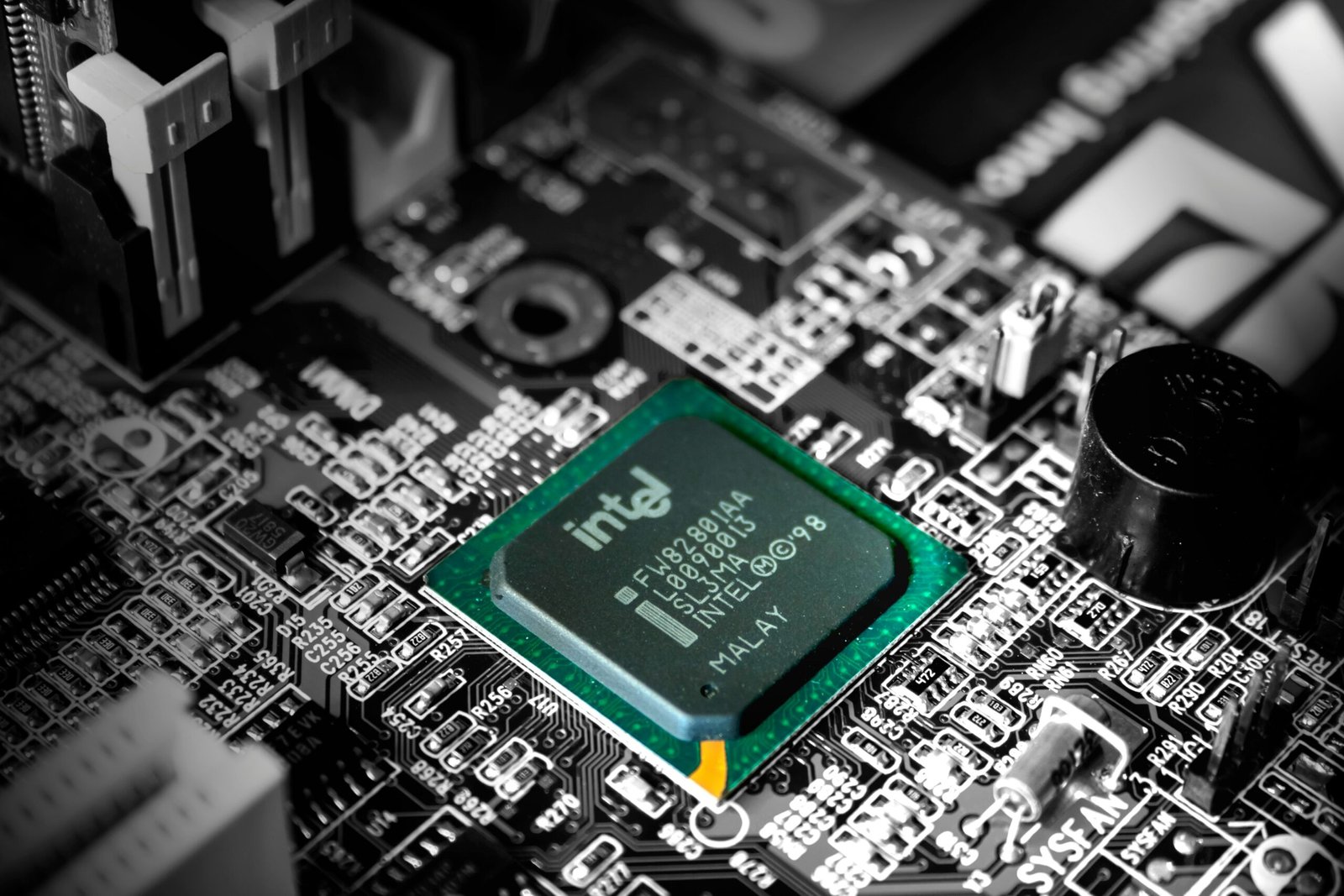The Rise and Fall of Intel in the U.S. Chip Industry
Intel has been synonymous with innovation and dominance in the U.S. chip industry for decades. Its processors powered the majority of personal computers and servers, making it a household name in the technology world. However, in recent years, the company has faced numerous challenges that have led to its struggle to stay relevant in an increasingly competitive market.
Complacency and Missed Opportunities
One of the main factors contributing to Intel’s decline is its complacency and failure to adapt to changing market trends. While the company enjoyed a near-monopoly in the PC market, it failed to recognize the growing importance of mobile devices and the shift towards more power-efficient processors.
Intel’s focus on its core business of producing high-performance processors for PCs and servers left it ill-prepared for the rise of smartphones and tablets. Competitors such as Qualcomm and Apple’s in-house chips quickly gained market share, leaving Intel struggling to catch up in the mobile space.
Manufacturing Challenges
Another significant hurdle for Intel has been its manufacturing challenges. The company has long been known for its cutting-edge manufacturing processes, but in recent years, it has fallen behind its competitors in terms of technology and efficiency.
Intel’s transition to smaller transistor sizes has been slower than anticipated, giving rivals like Taiwan Semiconductor Manufacturing Company (TSMC) and Samsung the opportunity to surpass Intel in terms of manufacturing capabilities. This has not only affected Intel’s ability to produce competitive chips but has also led to delays in releasing new products.
Diversification Efforts and Future Prospects
Recognizing the need to diversify its business, Intel has made several acquisitions and investments in recent years. One notable example is the acquisition of Mobileye, a leader in autonomous driving technology. This move demonstrates Intel’s attempt to enter new markets and reduce its reliance on traditional chip manufacturing.
Additionally, Intel has been investing heavily in research and development to regain its technological edge. The company is focusing on developing advanced chip architectures and exploring new areas such as artificial intelligence and quantum computing. These efforts show promise for Intel’s future prospects, but only time will tell if they can help the company regain its dominance.
Conclusion
Intel’s struggle to stay relevant in the U.S. chip industry is a cautionary tale of the dangers of complacency and the need for continuous innovation. The company’s failure to adapt to changing market trends and its manufacturing challenges have put it at a disadvantage compared to its competitors.
However, Intel’s recent diversification efforts and investments in research and development show that the company is not willing to go down without a fight. With a renewed focus on emerging technologies and a commitment to regaining its technological edge, Intel may yet find its way back to the top of the U.S. chip industry.



































